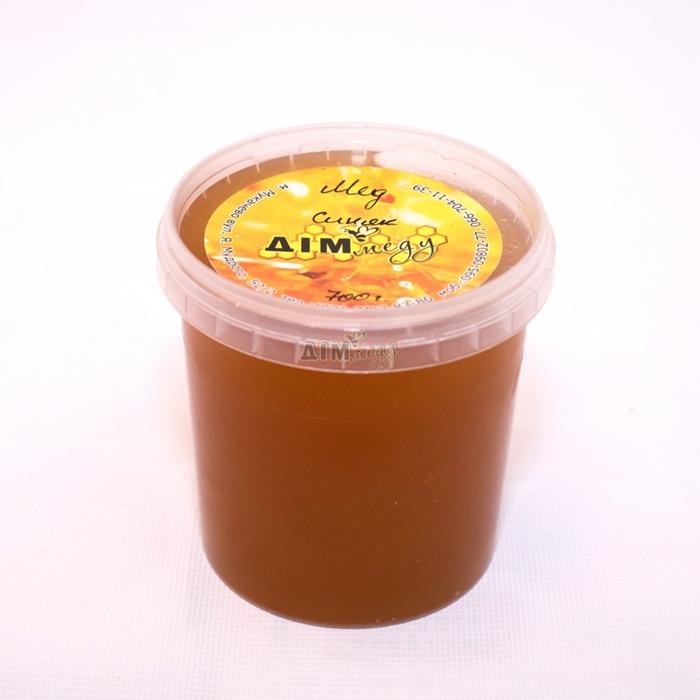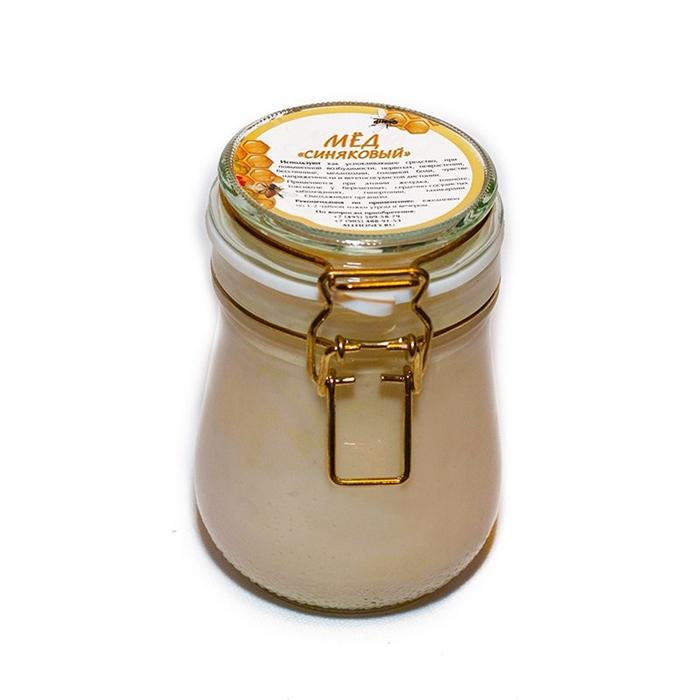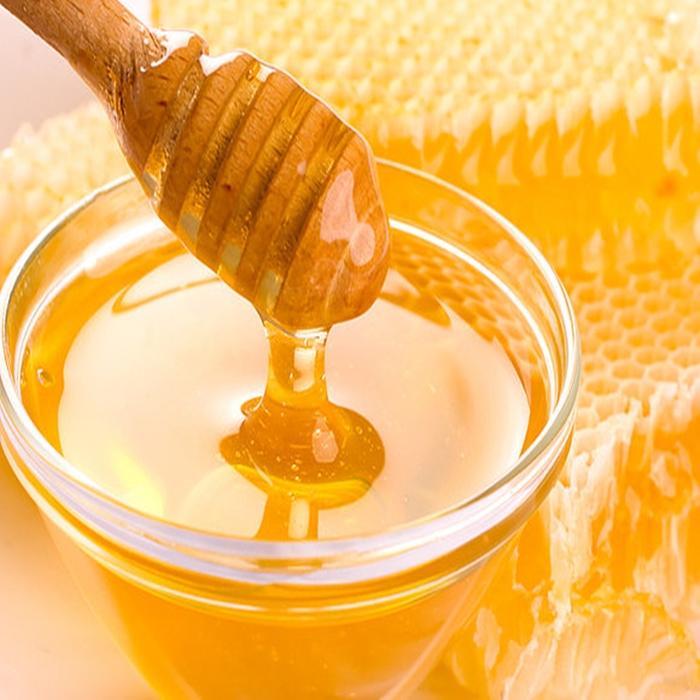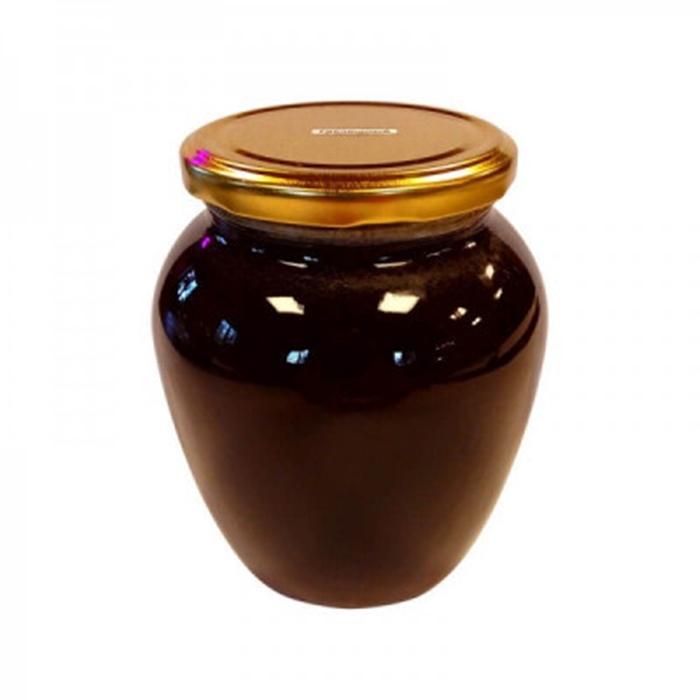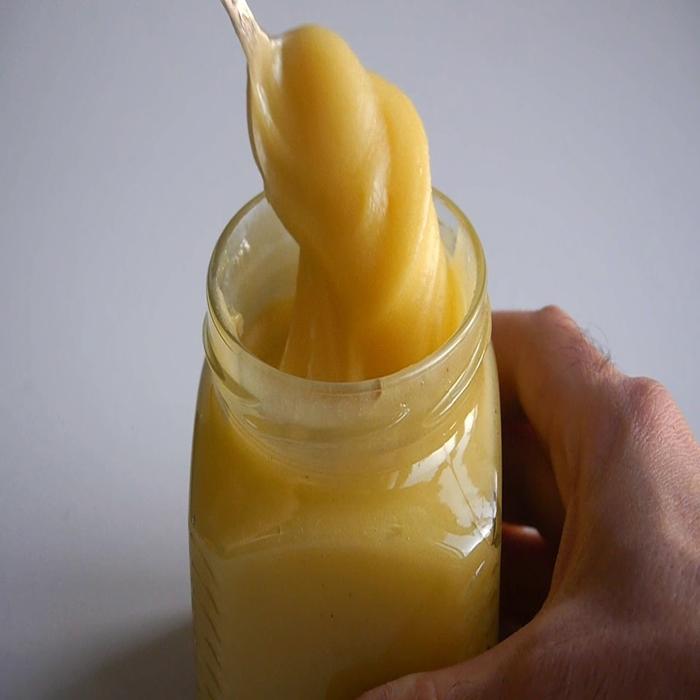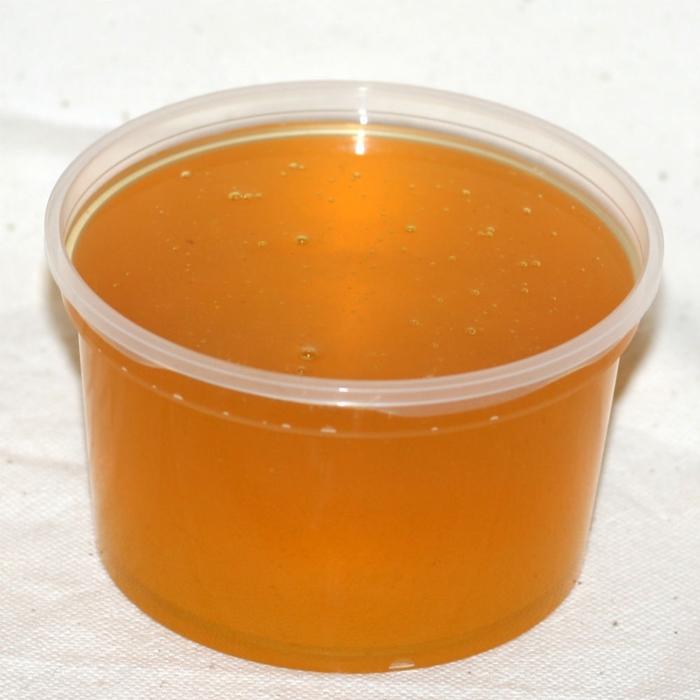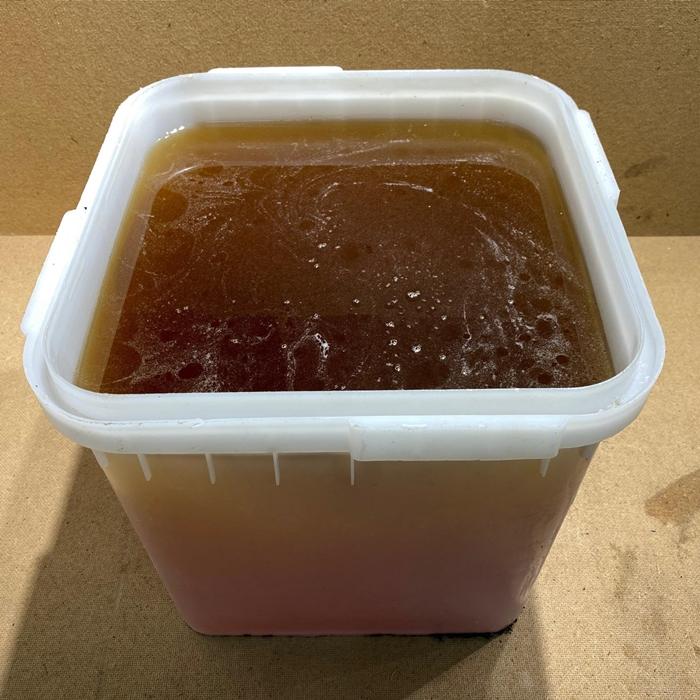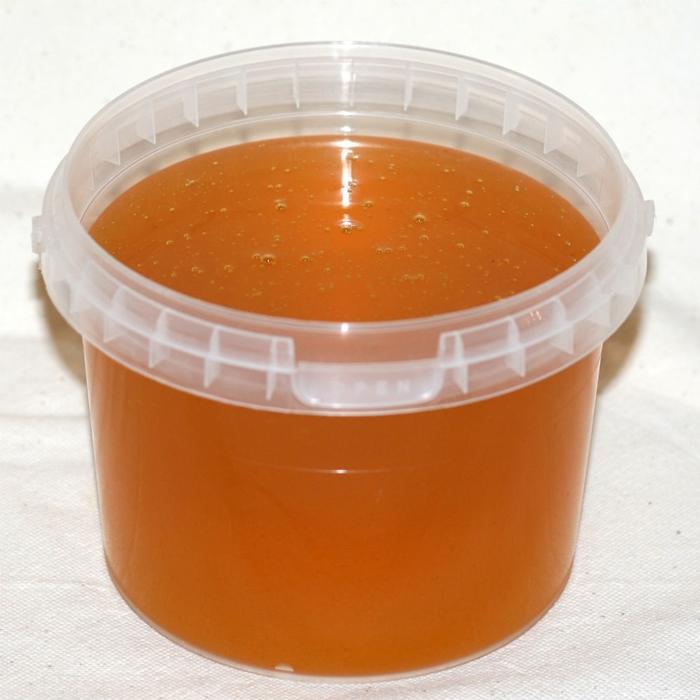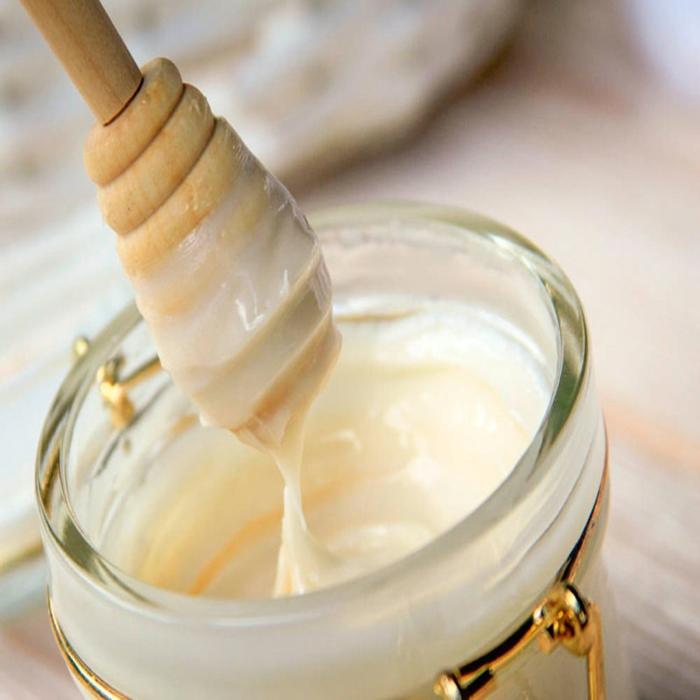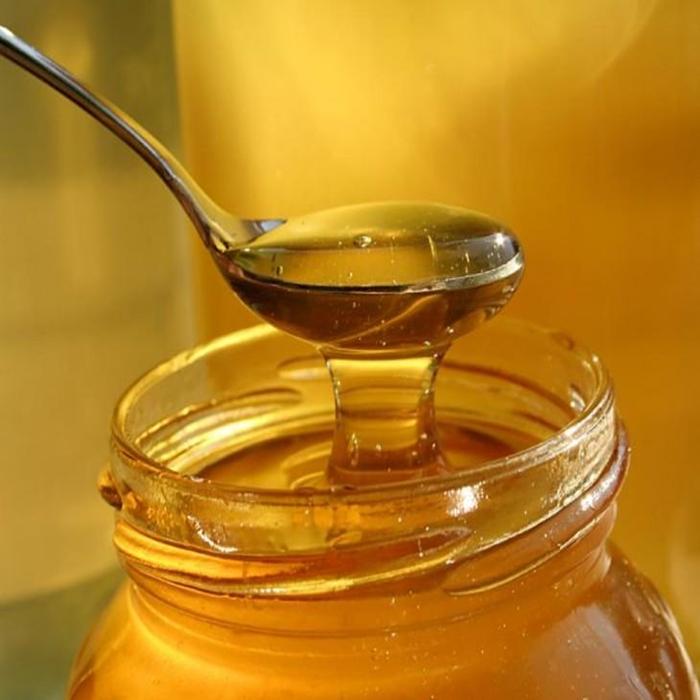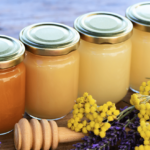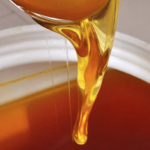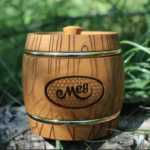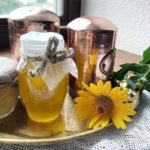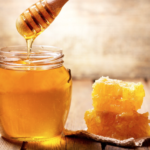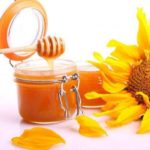Bruise honey is a product produced by bees from the nectar of a flower called bruise. Grass is considered a weed on the farm, but it is unreasonable for beekeepers to fight it. After all, the plant is an excellent honey plant, which bees love very much. Honey from blue nectar has exquisite taste. It is enriched with all necessary vitamins and minerals, therefore it is used in folk medicine for oral or external application.
Description and beneficial properties of bruise honey
Honey from bruise is a first-class product. It is characterized by excellent organoleptic properties, which mean:
- taste of the product;
- consistency;
- smell;
- color;
- aftertaste.
Important! The bruise plant itself is unsuitable for consumption, since it belongs to the category of poisonous crops. However, decoctions from it, like honey, can be taken orally, observing precautions and strict dosage.
The bee product is highly valued for its ability to:
- normalize blood circulation;
- strengthen immunity;
- stimulate regenerating, wound healing processes;
- stabilize the activity of the digestive system;
- remove excess bad cholesterol from the blood;
- eliminate joint pain;
- fight the inflammatory process;
- have anesthetic, antiseptic, bactericidal effects.
It is used for colds, arthrosis, rheumatism, and various disorders of the integrity of the skin. Delicious mixtures with immunostimulating and antiviral effects are prepared from it. But it has sweet medicine and contraindications, so make sure you can use it as directed.
Composition and calorie content
The bee product has a multicomponent composition, which is formed by:
- glucose;
- fructose;
- amino acids;
- antioxidants;
- enzymes;
- organic acids;
- essential oils;
- phytohormones.
Honey also contains vitamins and vitamin-like substances of group B, retinol, tocopherol, and ascorbic acid. The bee product contains all valuable macro- and microelements, including zinc, magnesium, selenium, calcium, potassium and others.
When and where is bruise honey collected?
The plant bruise is unpretentious to growing conditions.It is equally resistant to cold and drought. The most widespread culture is in Altai and Western Siberia. It is collected from meadows or fields. The collection period occurs around the end of August.
Applications and recipes of honey
The natural product is used to treat:
- neuroses;
- atherosclerosis;
- heart disorders;
- vascular diseases;
- colds;
- diseases of the digestive system;
- headaches;
- bronchial asthma;
- inflammatory skin lesions;
- ENT pathologies.
The product can be used for toxicosis in pregnant women. But it must be used carefully. The best recipes with honey:
- Treatment of neurosis. Mix 1 part royal jelly with 100 parts bruise honey. Take the medicine half a teaspoon 2-3 times a day for 3 weeks. If necessary, the course of therapy can be repeated after a short break.
- Treatment of atherosclerosis or other cardiovascular diseases. Peel and then finely grate 250 grams of garlic, mix it with 350 grams of liquid bruise honey. The mass must be thoroughly mixed, place the container with the mixture in a dark place, and leave for a week. Take the finished product 15 milliliters three times a day half an hour before meals. The course of therapy lasts at least 2 months.
- Wound healing. To speed up the process of regeneration of damaged skin tissue, the product is used externally. It can be applied to the affected areas as an ointment or bandaged after lubricating wounds on the body. Procedures can be performed no more than 2 times a day.
To strengthen the immune system, prevent colds or other diseases, the product is used according to the same principle as regular honey.
Harm and contraindications
The use of bruise honey is contraindicated for:
- individual intolerance by the body to the components of the product;
- allergies to any bee products;
- diabetes mellitus;
- breastfeeding;
- chronic liver or kidney diseases.
Do not give honey to children under 3 years of age.
If you are allergic to sweets or you abuse them, then the following symptoms may occur:
- skin rashes;
- nausea;
- bloating;
- digestive dysfunction due to decreased stomach acidity;
- peeling and redness, possibly swelling of the skin;
- bowel disorders.
Also remember that using a product if there are contraindications to it can aggravate the course of your existing illness.
Dosage for children and adults
For an adult, the standard dose of honey is 1 tablespoon per day. With increased stress on the body, the volume of product consumed increases to 2-3 tablespoons. However, they should be taken not at once, but at 3 times - morning, afternoon and evening.
Children over 3 years old are allowed to give no more than 15 milliliters of sweet product per day. If the child does not have allergies, he can consume honey daily for a long period of time.
Storage rules
The storage requirements for bruised honey are standard. Glass jars or plastic containers work equally well for it. But do not use metal or enamel containers for the product so that it does not turn sour.
It is best to place the container with the treat in the refrigerator or cellar. It is important to protect it from exposure to direct sunlight, excessive dryness or, conversely, high humidity.
Don't be surprised if after some time you find that the mixture has become sugary.This is a normal process that occurs about a month after pumping out honey. Crystallization will not in any way deteriorate the composition or beneficial properties of the sweet medicine, so there is no need to throw it away - just melt it in a water bath over low heat.

